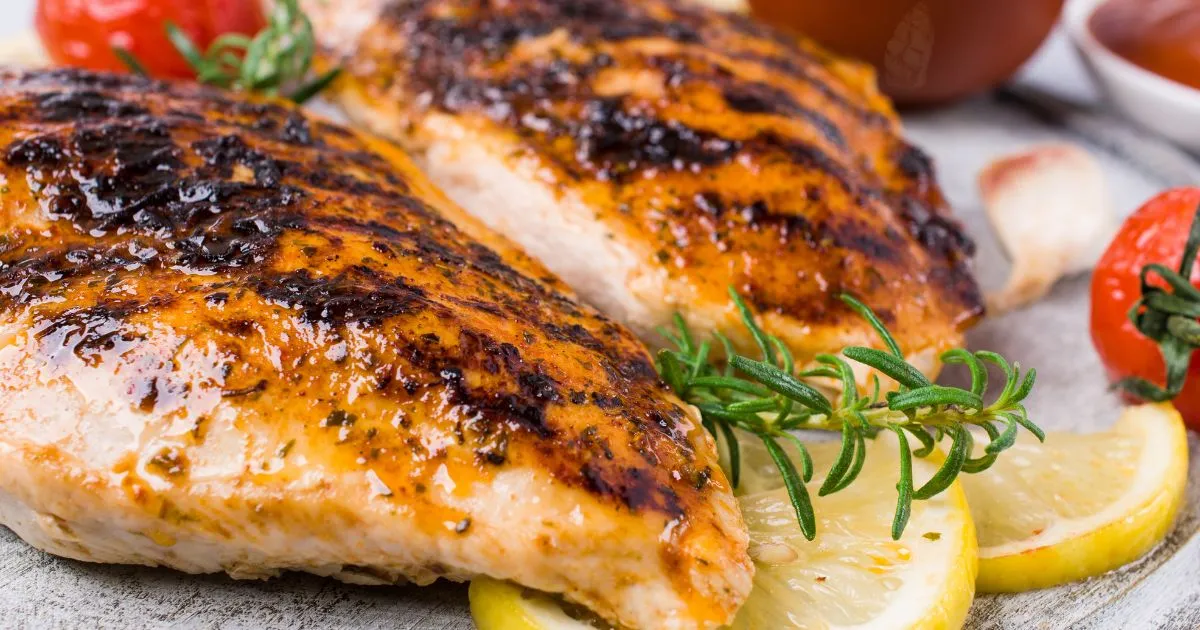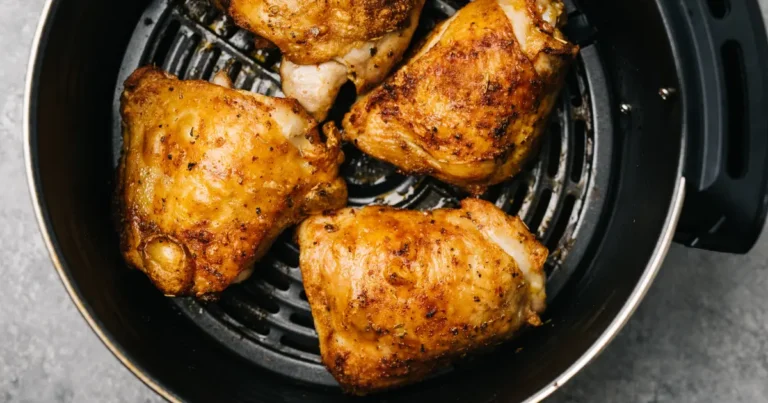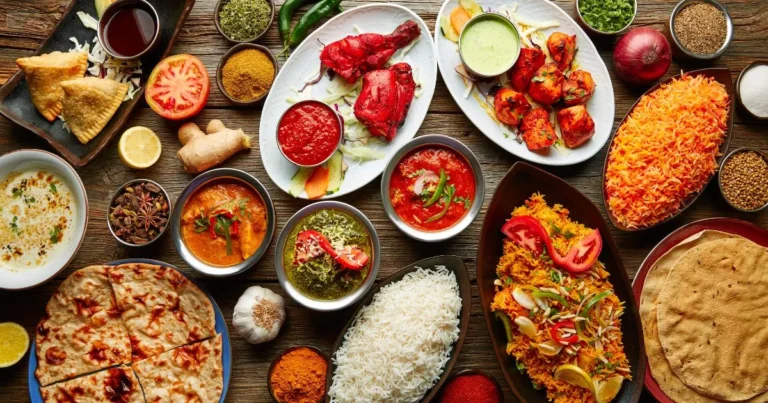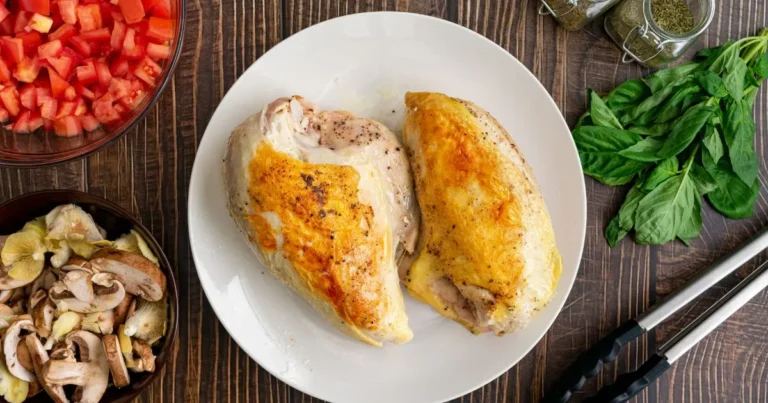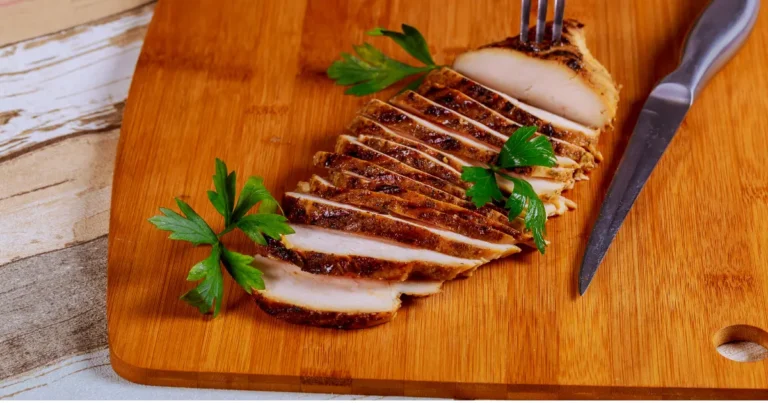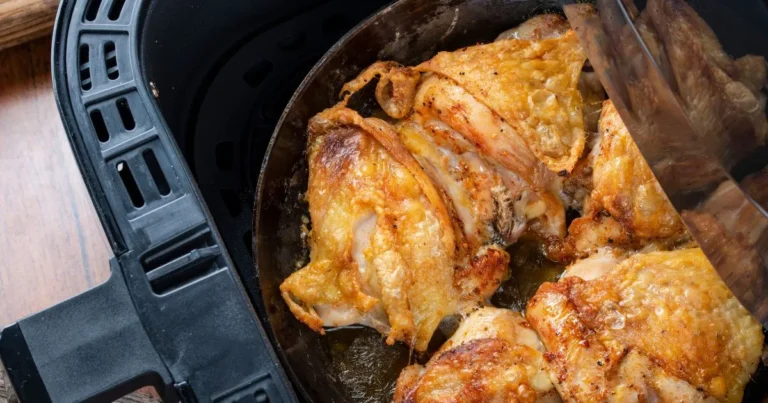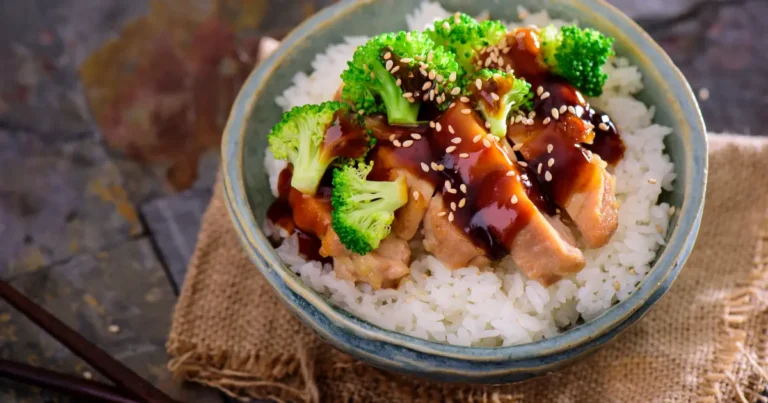The Ultimate Guide to Fried Chicken Breast Calories: What You Need to Know in 2025
Table of Contents
That familiar sizzle in your kitchen, the golden-brown crust forming before your eyes, and that irresistible aroma wafting through the air – few dishes rival the simple pleasure of biting into a perfectly fried chicken breast. Yet, if you’re like many food enthusiasts trying to balance indulgence with health consciousness, you’ve probably wondered about those fried chicken breast calories hiding beneath that crispy exterior.
Whether you’re a weekend warrior in the kitchen or simply trying to make informed choices at your favorite restaurant, understanding the nutritional landscape of this beloved comfort food empowers you to enjoy it mindfully. Let’s embark on a flavorful journey through everything you need to know about fried chicken breast nutrition.
The Nutritional Breakdown of Fried Chicken Breast: Beyond Just Numbers
Ever picked up a piece of fried chicken and wondered exactly what you’re getting yourself into? Let’s crack open this crispy conundrum and examine what’s really on your plate.
Basic Caloric Content: The Numbers That Matter
When you’re eyeing that perfectly golden piece of fried chicken breast, here’s what you’re looking at calorie-wise:
* A standard 3.5 oz (100g) serving packs 280-320 calories
* Your typical small chicken breast (4 oz) carries 320-360 calories
* Restaurant portions, often larger at 8 oz, can clock in at 640-720 calories
But remember, these numbers aren’t set in stone – they dance to the tune of various factors, from cooking methods to coating thickness.
Detailed Nutritional Profile: The Complete Picture
Beyond just calories, your fried chicken breast brings a complex nutritional story to the table:
| Nutrient | Amount per 3.5 oz | % Daily Value |
|———-|——————|—————|
| Protein | 26g | 52% |
| Total Fat | 16g | 21% |
| Saturated Fat | 4g | 20% |
| Carbohydrates | 15g | 5% |
| Dietary Fiber | 0.8g | 3% |
| Sodium | 600mg | 25% |
Cooking Methods and Their Impact on Calories: The Kitchen Chemistry
Your cooking technique isn’t just about achieving that perfect crunch – it significantly influences the caloric content of your chicken.
Traditional Deep Frying: The Classic Approach
The conventional method involves submerging your chicken in hot oil, typically between 350°F and 375°F. This technique:
* Results in higher oil absorption, particularly in the coating
* Creates that signature crispy texture you crave
* Typically adds 100-150 extra calories compared to other cooking methods
Healthier Alternatives: Modern Solutions for Contemporary Concerns
Today’s kitchen innovations offer several ways to achieve that coveted crunch while keeping calories in check:
1. Air Fryer Method
* Reduces oil usage by up to 75%
* Cuts calories by approximately 70%
* Maintains crispiness through circulating hot air
2. Oven-Fried Technique
* Requires minimal oil (usually just a spray)
* Takes longer but produces excellent results
* Reduces calories by 40-50% compared to deep frying
3. Pan-Frying with Minimal Oil
* Offers more control over oil usage
* Creates a different but equally appealing texture
* Typically saves 30-40% calories
Recipe: Lighter Fried Chicken Breast That Doesn’t Sacrifice Flavor
Ingredients for Your Perfect Lighter Fried Chicken
Ready to try your hand at a healthier version? Here’s a recipe that delivers on taste while keeping those calories in check.
| Ingredient | Amount | Purpose |
|————|———|———-|
| Chicken breast | 4 pieces | Main protein |
| Buttermilk | 1 cup | Tenderizing |
| All-purpose flour | 1 cup | Coating base |
| Cornstarch | 2 tbsp | Extra crispiness |
| Paprika | 1 tbsp | Flavor/color |
| Garlic powder | 1 tsp | Seasoning |
| Onion powder | 1 tsp | Seasoning |
| Black pepper | 1 tsp | Seasoning |
| Cooking spray | As needed | Moisture |
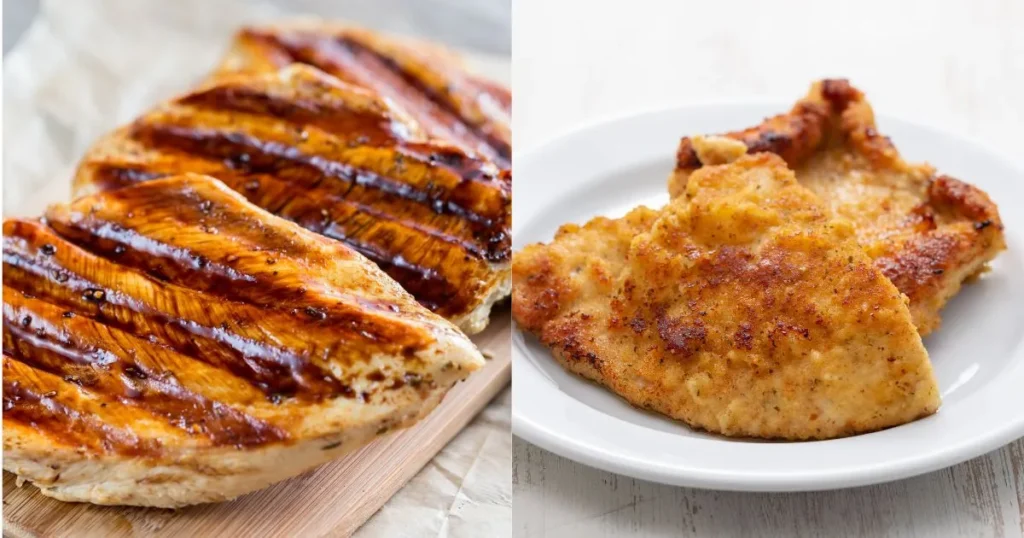
Step-by-Step Instructions for Success
1. Preparation (4-12 hours ahead):
* Soak chicken in buttermilk
* Elevate the marinade with a touch of salt and your go-to herb blend”
“Stir in a measured pinch of salt and whatever aromatic herbs you have on hand
* Refrigerate and let magic happen
2. Coating Process:
* Drain chicken pieces thoroughly
* Mix dry ingredients in a shallow dish
* Dredge each piece carefully
* Let rest for 5-10 minutes
3. Cooking Method:
* Preheat your chosen cooking device
* For air fryer: 375°F for 12-15 minutes
* For oven: 400°F for 22-25 minutes
* For pan: Medium-high heat, 6-7 minutes per side
Health Considerations: Understanding the Impact
Benefits You Might Not Expect
Your fried chicken breast brings more to the table than just satisfaction:
* Substantial protein content supports muscle maintenance
* Essential B vitamins contribute to energy metabolism
* Zinc and iron support immune function
Points to Consider
Being mindful of these aspects helps you enjoy your meal more responsibly:
* Cholesterol content varies based on preparation
* Sodium levels can be significant
* Oil absorption depends on cooking temperature and time
Making Healthier Choices: Practical Tips for Real Life
Portion Control Strategies That Work
Master these techniques to enjoy your fried chicken wisely:
* Use smaller plates to control serving sizes
* Pair with vegetable-heavy sides
* Consider sharing restaurant portions
Smart Substitutions for Better Nutrition
Transform your fried chicken experience with these clever swaps:
* Replace white flour with almond or chickpea flour
* Use avocado oil instead of vegetable oil
* Try crushed cornflakes or panko for coating
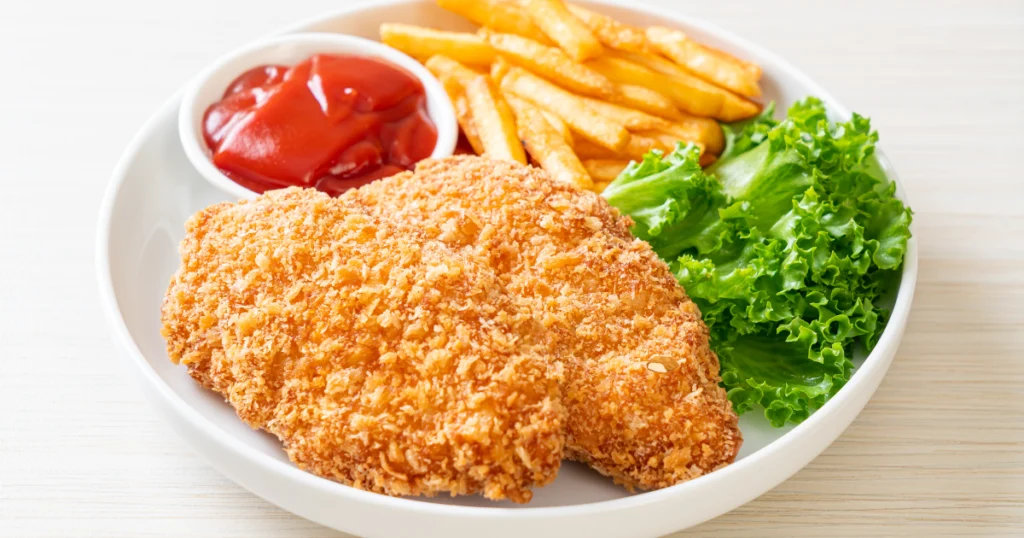
Frequently Asked Questions About Fried Chicken Breast Calories
1. How do fried chicken breast calories vary between popular restaurant chains?
Different restaurants use varying preparation methods and serving sizes, but typically range from 350-450 calories per breast piece.
2. **Does removing the skin significantly impact the calorie content?**
Yes, removing the skin can reduce calories by 20-30% while still maintaining much of the flavor.
3. **What’s the most effective way to reduce fried chicken breast calories at home?**
Using an air fryer or oven-frying method, combined with a lighter coating and skinless breast, can reduce calories by up to 50%.
4. **How do fried chicken breast calories compare to other cooking methods?**
Compared to grilled chicken breast (165 calories per 3.5 oz), fried versions typically contain 70-80% more calories.
5. **Can you make genuinely low-calorie fried chicken breast that tastes good?**
Absolutely! Modern cooking methods and clever ingredient substitutions can create delicious results with 40-50% fewer calories.
Conclusion: Balancing Enjoyment with Awareness
Understanding fried chicken breast calories doesn’t mean you have to give up this beloved dish. Instead, this knowledge empowers you to make informed choices that align with your personal health goals while still savoring every bite.
Key Takeaways for Your Kitchen Adventures
* Choose cooking methods mindfully
* Consider portion sizes when planning meals
* Experiment with healthier alternatives
* Balance indulgence with awareness
Ready to put this knowledge into practice? Your next fried chicken adventure awaits, armed with information that helps you make choices that are right for you. Whether you’re cooking at home or dining out, you now have the tools to enjoy this classic comfort food in a way that satisfies both your taste buds and your nutritional needs.
Remember, eating well isn’t about perfect choices but informed ones. So go ahead, enjoy that perfectly crispy piece of chicken, knowing you’re making conscious decisions about your food choices.

